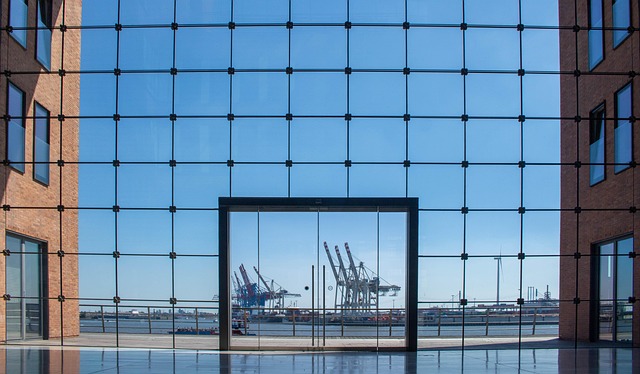The rapid growth of e-commerce has spotlighted the importance of strategic warehouse real estate near transportation hubs for efficient order fulfillment and delivery. Competitive pressures have reshaped urban landscapes and driven innovation in supply chain management. Optimizing every square meter through vertical storage, smart racking systems, and inventory software enhances efficiency, reduces costs, and adapts to market trends. Future logistics are shaped by tech integration with advanced automation, data analytics, IoT, and AI-powered systems transforming warehouses into dynamic e-commerce hubs.
Warehouses are no longer just storage spaces; they’ve become the critical infrastructure supporting e-commerce’s booming expansion. As online shopping continues to dominate retail, understanding the role of warehouse real estate is essential for businesses aiming to thrive in today’s competitive market. This article explores how optimizing space and leveraging technology are revolutionizing logistics, ensuring efficient operations and driving growth in the digital age.
Warehouse Real Estate: E-commerce's Backbone

The physical infrastructure supporting e-commerce growth is a vital aspect often overlooked in the digital retail revolution. At the heart of this infrastructure lies warehouse real estate, which has become a crucial component in fulfilling the demands of online shopping’s meteoric rise. E-commerce giants and even smaller retailers are increasingly recognizing the strategic value of dedicated warehousing spaces, leading to a significant shift in the real estate landscape.
With online retail’s insatiable appetite for inventory storage and rapid order fulfillment, warehouses have transformed from mere holding areas into sophisticated distribution centers. These facilities, strategically located near major transportation hubs, play a pivotal role in ensuring efficient last-mile delivery. The race to secure prime warehouse real estate has intensifies as businesses strive to gain a competitive edge in the e-commerce market, ultimately impacting urban landscapes and driving innovation in supply chain management.
Optimizing Space for Online Growth

As e-commerce continues its explosive growth, businesses are increasingly turning to warehouses as a vital asset to support their operations. Optimizing space within these facilities is crucial to keep up with the ever-growing demand for online shopping. Real estate plays a strategic role in this process; efficient use of every square meter ensures maximum capacity and flexibility to accommodate changing market trends.
This involves thoughtful planning, such as implementing vertical storage solutions, utilizing compact pallet racking systems, and incorporating smart inventory management software. By streamlining warehouse layout, businesses can enhance picking and packing processes, reduce operational costs, and improve overall order fulfillment efficiency. Such optimization strategies are essential for e-commerce success in today’s competitive market.
The Future of Logistics: Tech Meets Storage

The future of logistics is here, and it’s driven by technology’s seamless integration with storage solutions. As e-commerce continues its booming expansion, warehousing plays a pivotal role in keeping up with rising demand. Real estate developers and logistics companies are now collaborating to create smart, tech-enabled warehouses that optimize space, improve efficiency, and reduce costs.
These future-forward facilities incorporate advanced automation, data analytics, and Internet of Things (IoT) devices, allowing for real-time tracking and management of inventory. With AI-powered systems, warehouses can predict demand patterns, streamline order fulfillment processes, and enhance overall supply chain visibility. This technology convergence is transforming the warehouse into a dynamic, responsive hub, ready to meet the challenges and opportunities of the ever-evolving e-commerce landscape.






